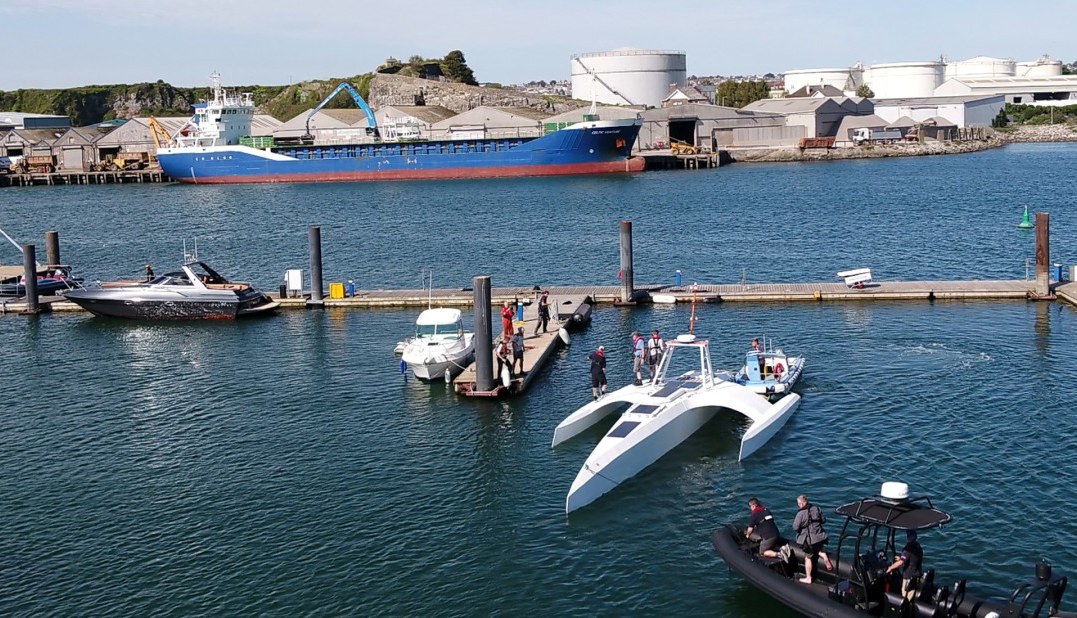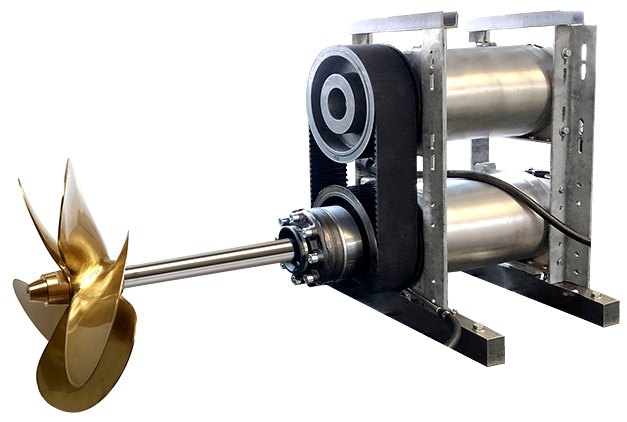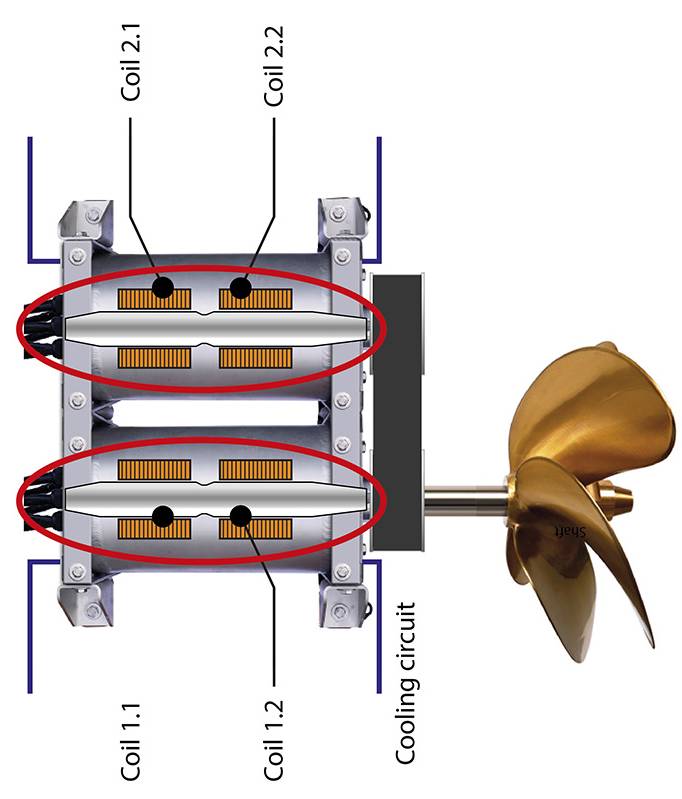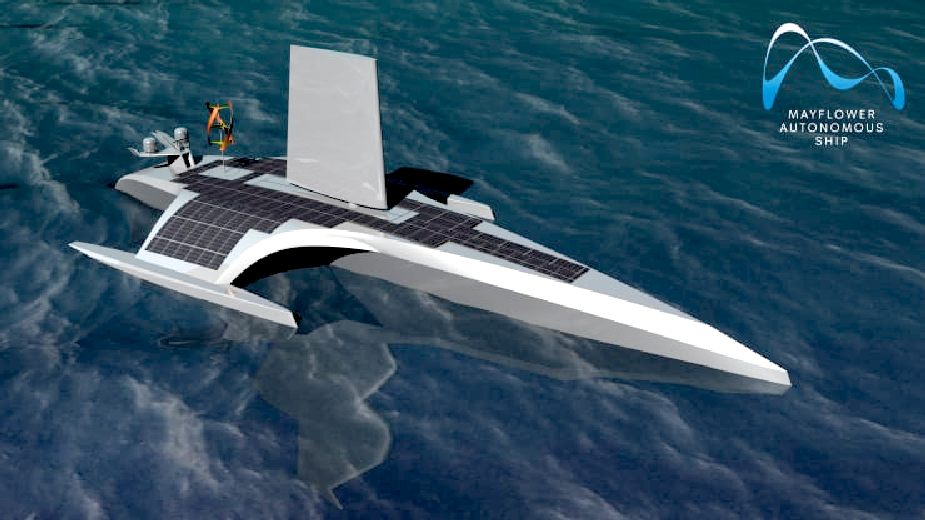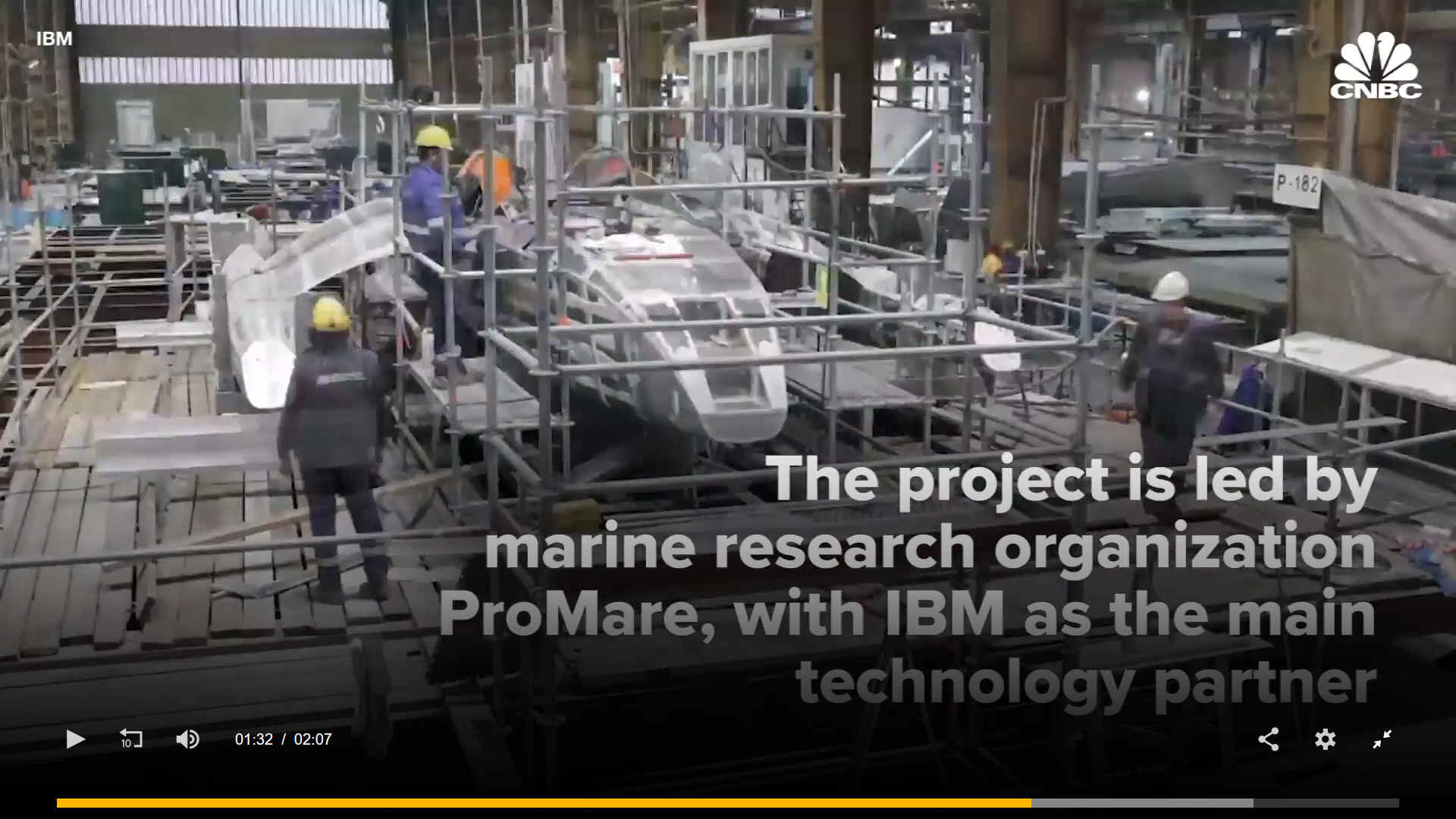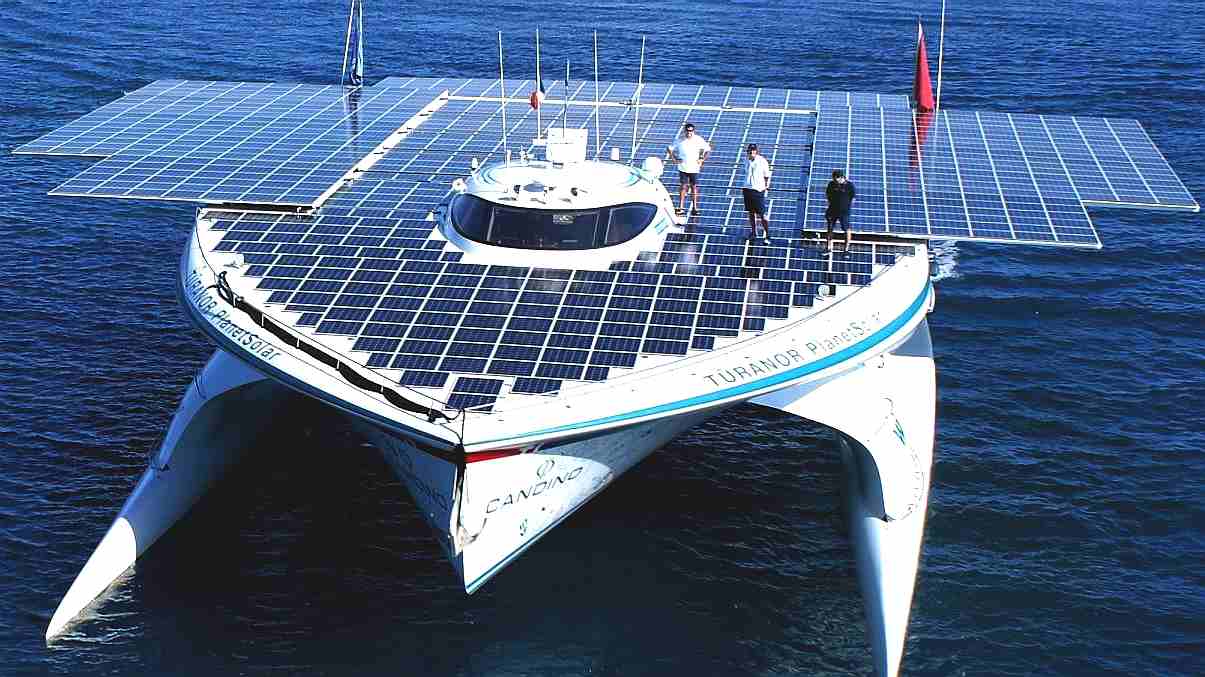|
MAYFLOWER - BOAT DESIGN
Please use our A-Z INDEX to navigate this site or return HOME
|
|
MAYFLOWER TRIMARAN - 1. The solar-powered research boat will aim to traverse the Atlantic Ocean in 2021 with no humans on board. 2. Sea trials are due to commence off the south coast of England in late 2020. 3. The Mayflower was officially unveiled on September 16th 2020, the 400th anniversary of the original Mayflower departure.
According to their information, the Mayflower is powered by AI and the energy from the sun and a small wing-sail. The autonomous boat, is a trimaran similar to the Cable and Wireless Adventurer in design - about one third the length - designed for long durations at sea with the object of collecting data about the ocean.
Its three-hulled, trimaran form ensures high levels of hydro- and aero-dynamics. And without the need for humans to live on board, it is lightweight and fuel efficient.
Waterproof photovoltaic panels fitted to its upper surface enable it to draw on energy from the sun when available, with a modern, high-efficiency generator acting as backup in case solar power is low in supply.
We consider the undertaking
to be a very important stepping stone in the quest for unmanned
navigation. Especially so, where
Covid 19 type pandemics, demand fewer
people in supply chains if we are to ensure imports and exports for
smooth international goods deliveries. Imagine this possibility linked
to unmanned ports and dockyards. Goods might be shipped around the world
without the risk of virus transmission. Bingo!
TWIN
MOTORS - The Fisher-Panda design offers skippers a higher degree of redundancy and flexibility. One electric motor can be switched on or off depending on the
power requirements of a vessel.
SPECIFICATIONS
The
trimaran is
15 meters (49.2 ft) in length, 6.2 m (20.3 ft) wide and weighs in at
4,535 kg (5 tons), about half the length and less than 3 percent of the
weight of the original Mayflower. She is constructed of marine grade
aluminium alloy. The project is a collaboration between IBM and ocean
research non-profit ProMare (which will coordinate the scientific
studies), along with a worldwide consortium of partners – including
Thales, Nvidia, the University of Plymouth and
Aluship.
DUAL ELECTRIC MOTOR FOR MULTIPLE DRIVE OPTIONS
Where a car has a gearbox, typically ships have a fixed drive ratio, and fixed pitch propellers. This means that you have to design your engines to run at peak efficiency at the optimum operating speed. Fortunately, there are no hills to climb as with a truck on a road. But there are weather conditions to overcome, winds and currents to deal with. It is these variables that challenge low power craft, as the MAS was initially designed to be. Indeed, the Elizabeth Swann incorporates ways of running efficiently, but the designers did not like the belt idea, because of the additional friction from bearings of the second motor. It may be that they have an electric clutching system - but even so!
The Fischer Panda electric motor propelling it may not be the sexiest part of the boat,
but is it important to have a reliable propulsion system if you’re planning a
5,800 kilometre unmanned journey across some of planet earth’s most challenging waters.
Mayflower is significantly larger than the Scout from 2013 and Solar Voyager, a kayak from 2015/16. Both projects were designed to navigate The Pond autonomously on a low budget, but did not make it. They were small enough not to be designed for COLREGS compliance. Though, other military craft have surmounted that issue.
HELPING TO COLLECT THE DATA WE NEED FOR THE OCEAN WE WANT
LINKS & CONTACTS
https://www.fischerpanda.de/new-dual-motor-for-electric-drive-systems-from-fischer-panda.htm https://mas400.com/ http://www.promare.org/projects/
|
|
|
Please use our A-Z INDEX to navigate this site
This website is Copyright © 2020 Jameson Hunter Ltd
|
